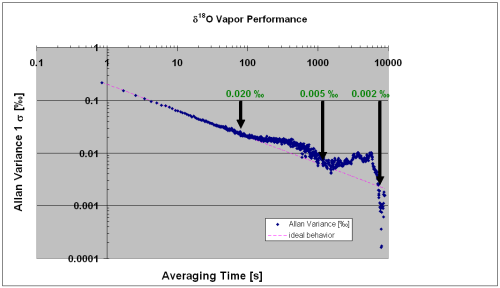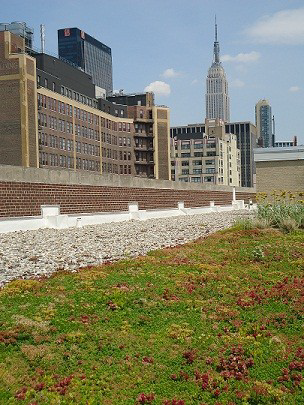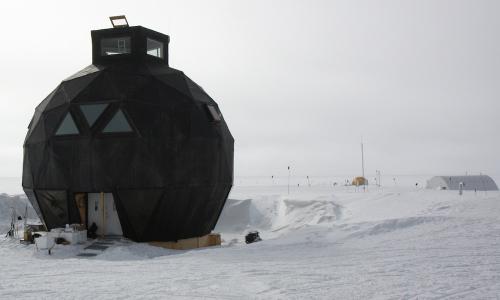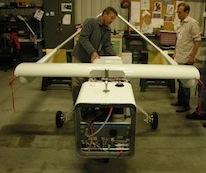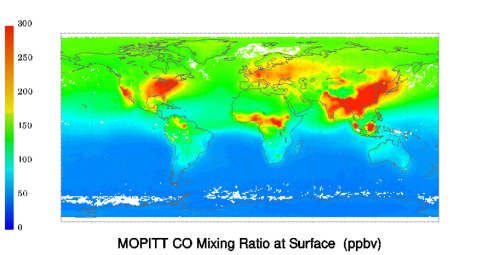百万分比,无与伦比?Picarro 推出新型水同位素分析仪,其精度可达百万分比
When I joined Picarro at the start of September in 2009, Cavity Ring-Down Spectroscopy technology for isotope analysis had only just been created. In short order CRDS was validated by researchers whose laboratories specialized in using isotope ratio mass spectrometers (IRMS), devices which were previously considered the state of the art.
